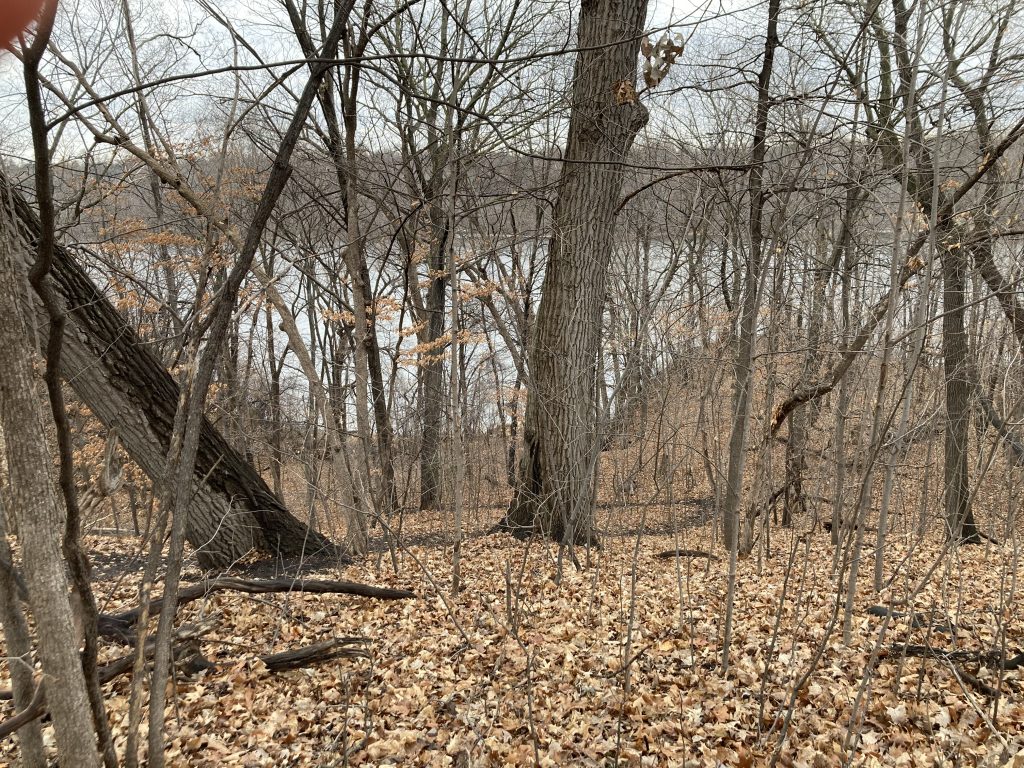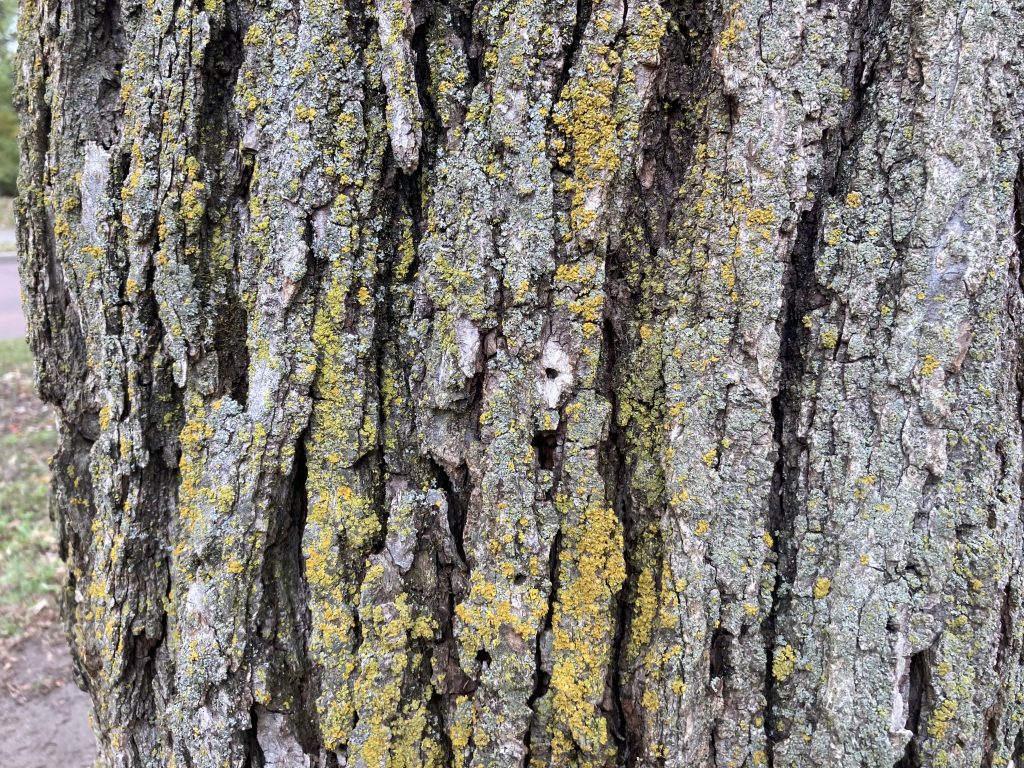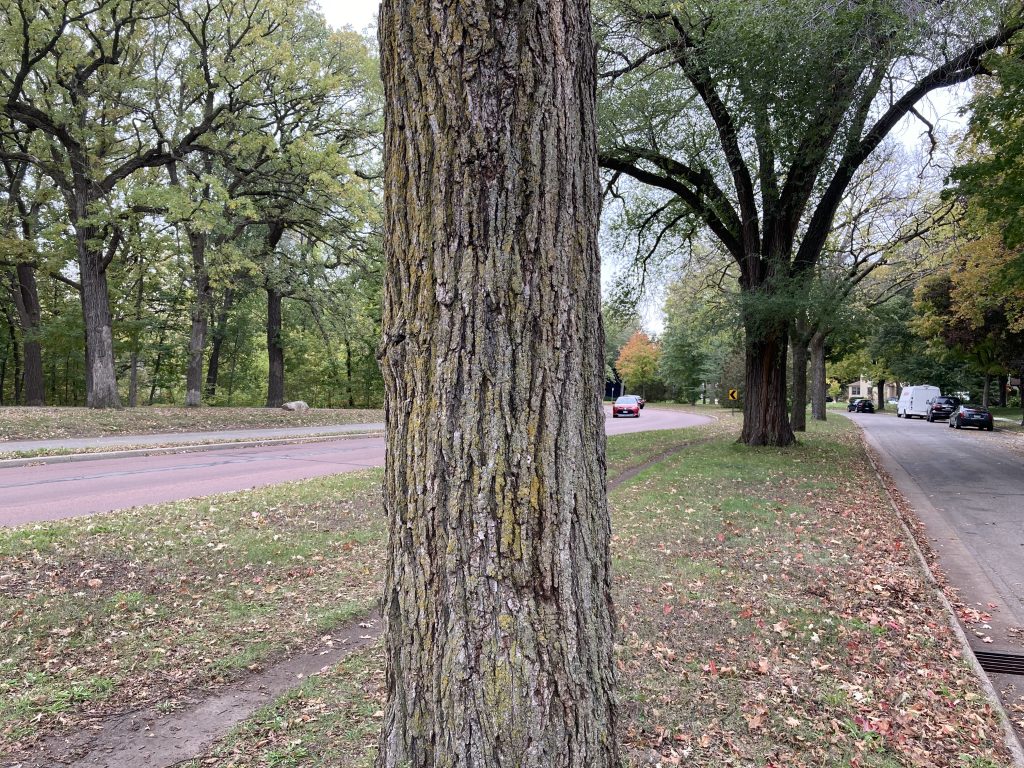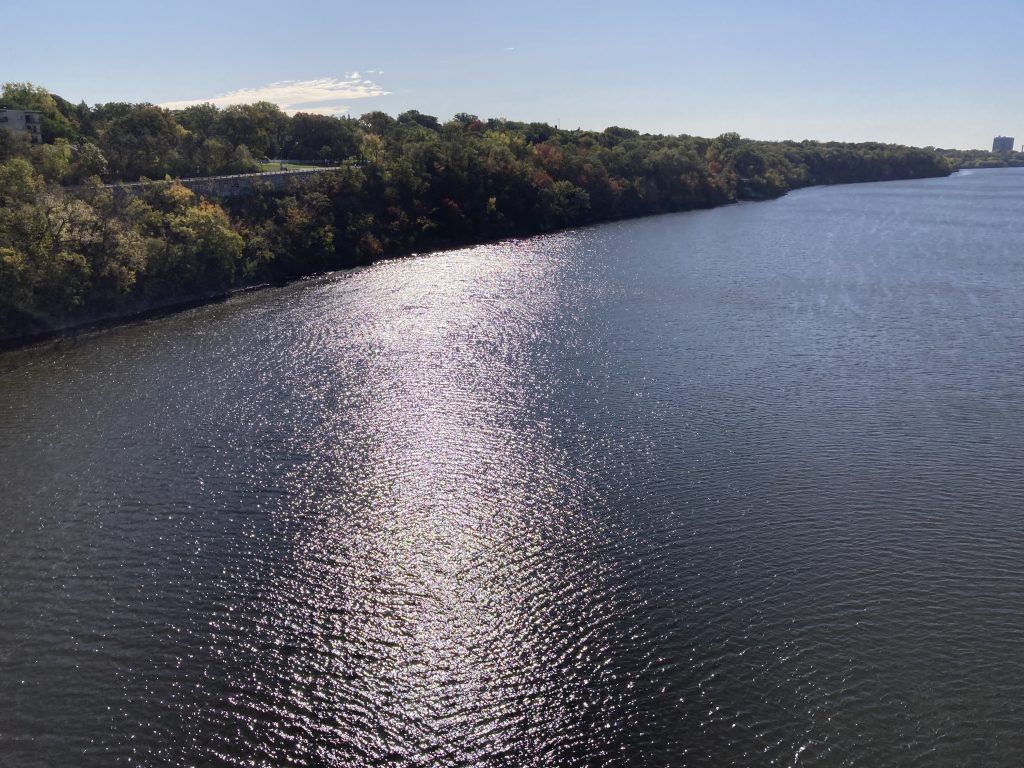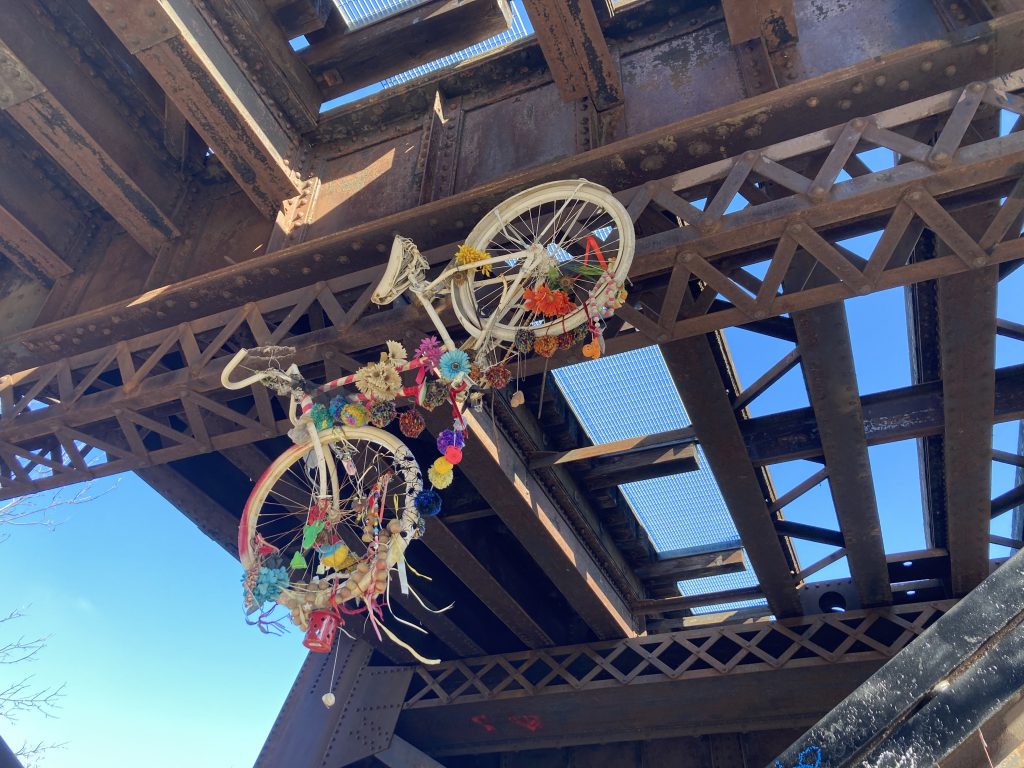bike: warm-up
run: 3 miles
basement
outside: 4 inches of snow
Snow! Finally. My first real shovel session of the winter. Thought briefly about running outside on the trail, but when Scott told me he had heard the city hadn’t plowed the bike path, I decided against it. I watched more of the first episode of Dickinson with the audio description on while I biked. Listened to my winter playlist while I ran. I blocked the display panel, so I wouldn’t know the time. When I finally checked, I thought it would be 15 minutes at the most. It was 25. Wow.
Watching/listening to the audio description, it was interesting to notice when/how they chose to describe something and when they didn’t. An example: In one scene, Sue is sitting in the parlor. We see her looking and pointing, then we see a basket with a letter in it hanging outside of the window. Sue says, Austin. Look. At this point, the audio description (AD) says, Sue points to a hanging basket. Austin opens the basket and removes a small envelope addressed to Sue. I was struck by the AD choice to wait to describe Sue’s pointing until after the action was over. Something — poetic whimsy? — was lost in not describing Sue’s strange pointing — it seemed, at least to me, almost comical. Should it have been described? I’m not sure; I mention it to highlight how ADs involve choices of what to include or not include, often for clarity or brevity.
I must have still been thinking about this choice to not immediately describe the pointing while I was running because I suddenly had an idea about the significance of what my image descriptions leave out. I wanted to remember my thought so I pulled out my phone to record it, but the audio is messed up and I can’t understand what I’m saying. Bummer. My descriptions will be explicitly subjective. I want to emphasize how we always make choices when describing what we’re seeing — what’s important and what’s not. Our brains do this too when we’re seeing — it’s called filtering.
before the run
While rereading an entry from this day (15 feb) in 2022, I discovered that past Sara had been thinking about alt-text as poetry. I mentioned wanting to create alt-text for my beloved mannequin photos and posted some links:
I’ve already started using the first link. Just now, I read through the twitter thread. Very helpful! Here are some highlights — BTW, putting together these notes has used up a lot of my visual “spoons” for the day.
Not describing everything, but getting to why the image is there:
I think people who find providing alt text overwhelming think too much about describing every last detail in the image, when it’s more like, ok, why did YOU post it? …focus on why you’re posting the image or what it’s supposed to do or how other people would recognize it
Alt-text predates “accessibility”:
“alt” here is short for “alternate” and originates from HTML—back in Ye Olde Days if an image took 10 minutes to load or otherwise broke, you’d provide alt text that the browser would display in place of the image so you still knew what was going on
different than an image description, alt-text is only for necessary images, not decorative ones:
and alt text is different from image descriptions; alt text describes the purpose of the image and isn’t typically included if something is purely decorative—but do note that even a gif for example carries semantic meaning and is thus NOT purely decorative
intended to be brief
alt text is meant to be short, as it would get cut off by the image bounding edges otherwise
example of alt-text vs. image description
alt text for a chart: “Graph showing increase in alt text use on Twitter”
image description for a chart: “A graph titled ‘Increase in alt text use on Twitter.’ The y-axis shows percentage of images including alt text. The x-axis shows time in years from 2008–2022…”
craft it
don’t be afraid to put your personality into alt text or be funny or use alt text to extend your shitpost, like imagine using a screenreader & your entire TL is dry descriptions until “a dog so cute I screeched” appears
look to audio descriptions for good examples of image description and using brevity
I think there’s a lot to learn from audio descriptions too for how to provide alt text & image descriptions! try turning on audio descriptions on a show or movie and observe how to pack in detail, especially given the time constraints—you only have a few seconds to describe smtg — boba fett’s audio descriptions are amazing, they’re wonderfully evocative while also including details I wouldn’t have known, not being a star wars fan (like they note that the palace is jabba’s and name which character’s helmet he picks up)
it’s subjective
accessibility is a fluid concept that depends a lot on audience; there’s no one “best” way to write alt text or an image description, because fundamentally it’s about what details other people care about, and that will change across topics and groups
an extended example of using alt-text to further/enhance the story
I am DYING, here is an incredible example of alt text augmenting the experience for someone using accessibility features—it calls out only the visual features that are important (’90s aesthetic, scalloped border) and provides the context that makes this reply hilarious
Katherine Crighton
@c_katherine
Screencapture of a Denny’s tumblr ad. Of key interest, aside from its very 1990s aesthetic, is the scalloped border around the ad–at the time, it was intended by Tumblr’s parent company to denote to casual readers that the contents within the border were a paid advertisement. Specifically, only those who had paid for space would be granted the scalloped border. Denny’s, the restaurant chain and purveyor of surreal humor on social media, demonstrated with this ad that while the intent was to monetize this border, in actuality all one had to do was take a screencap, drop in your own ad, and then post the resulting image via the normal, non-monetized process– it would then appear the same way to the end-user, whether or not Tumblr’s owner recieved a dime. This method of deriving ad income was dropped shortly after the Denny’s “ad” pointed out this flaw.
Some very helpful ideas in this thread —
the why/purpose is the focus. In my “how I see” images, I’m not interested in describing everything in the image — I probably can’t because of my limited vision, but the ways it serves as an example of “how I see.” I’m also interested in bringing some elements of ekphrasis into this — what are those? I need to spend more time thinking about that!
the idea of brevity. I’d like to make these descriptions short. I think it might be helpful for my creative process to pick a meaningful number of characters or words or syllables. I’ll think about that some more.
listening to audio descriptions for guidance — I think I’ll bike this morning and watch/listen to a Dickinson episode! I did!
a ramble of thoughts:
thought one: Recently, I’ve started proof-reading my poems by listening as the screen reader reads them. I noticed that the speaker (mine is Fred — according to system preferences on my mac) can do enjambments (a sentence split up over multiple lines) when the sentence is at the beginning of the line. But when the sentence begins in the middle of a line, Fred pauses at the end of that line and reads the next line as a new sentence. Enjambment is much more a visual device. My alt-text poems should not use visual devices, but rely on aural ones. What are these? I know rhyme, meter, alliteration, assonance. Time to study! I’ll start with my Mary Oliver poetry handbook!
thought two: I’m just remembering a great line from June Jordan in her guidelines for critiquing a poem:
Punctuation (Punctuation is not word choice. Poems fly or falter according to the words composing them. Therefore, omit punctuation and concentrate on every single word. E.g., if you think you need a question mark then you need to rewrite so that your syntax makes clear the interrogative nature of your thoughts. And as for commas and dashes and dots? Leave them out!)
So, try writing my descriptions without punctuation. BUT, I’m also thinking of Dickinson and how important punctuation (em dashes, for example) were for her. How could I use punctuation to shape how Fred speaks my words?
thought three (barely formed): One feature of many ekphrastic poems is a contentious/combative dialogue between word and image. What about twisting that to push at the conflicts between hearing a word versus seeing an image?
All these thoughts might be too much, and might not lead anywhere I want to go, but I’ll keep with them for a little bit longer. I was just telling Scott last night, or was it this morning?, that I appreciate how past Sara includes discussions of intended plans. Sometimes I don’t act on these plans — and maybe it seems like I have too many ideas or that I’m all over the place, or that I’m not following through — but it’s cool to be able to trace the origins of the projects that do happen. And the plans that I didn’t act upon? Maybe I just not ready for them yet.
a few hours later:
Here are some notes from Bojana Coklyat in Conversation with Shannon Finnegan:
we can get more out it alt-text than just compliance:
SF: Something that has always been a hope of mine with the project is that for people who aren’t as familiar with access, it introduces them to a way of thinking about access as creative and generative and collaborative and process-oriented, and that might also influence the way they think about access in other parts of their lives.
BC: Alt text is so often approached through the lens of compliance, like, Okay, let’s just get this done. But when you’re paying attention to the language you’re using and how you’re putting it together, that’s already changing things. That’s already shifting things.
space and symbolism
BC: I was talking to Chancey Fleet, who works at the Andrew Heiskell Braille and Talking Book Library in New York, and Chancey said something to me and I was just like, Whoa, I have to really think about that. She said, “Is it that we really live in such a visual culture? Is the most important thing visual, or is it space and symbolism?”
I was thinking about that all day yesterday. And going back to this exhibit I went to yesterday, there was a metal piece that kind of looked like scaffolding or architecture. And then we had the chance to walk through it, and it was like, Yeah, this is the experience. It’s walking through it and understanding the space of it. It’s not necessarily, OK, this part’s five feet tall, it’s metal, and it intersects with this piece that’s metal. It was so much more about walking through it, navigating it, and even navigating it with someone.
I think that might be something I’ll start to think about more with alt text: symbolism and space and how those fit in when you’re describing something.
SF: I love that idea of thinking about symbolism. I often find that in descriptions, when someone uses a metaphor or a comparison, it really helps me understand what the subject of the description is really like, and that feels really related to this idea of symbolism. It’s like: What are your associations with this thing, rather than just with how
